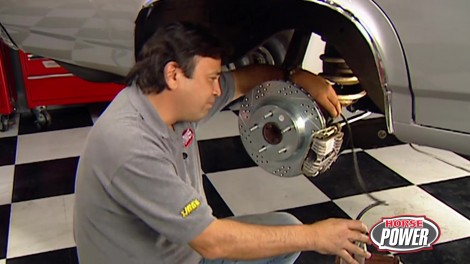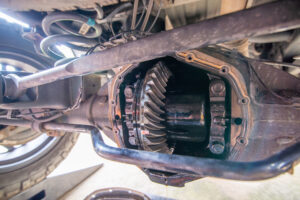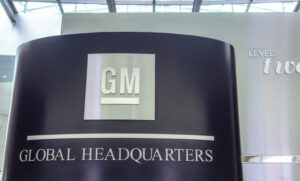
Chevelle Brake Upgrade
We upgrade the braking power of a classic 1972 Silver Bullet wagon by fitting it with modern bear four-wheel disc brakes, featuring larger 13-inch front and 12-inch rear rotors.
Season 7
Episode 11






























